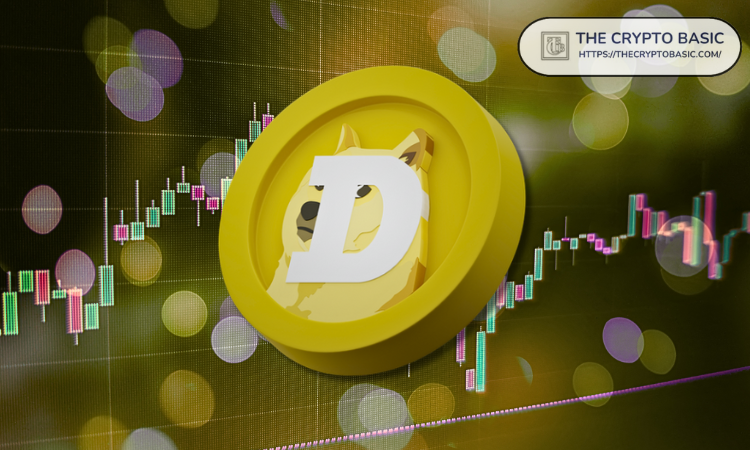Widely followed crypto analyst Javon Marks suggests that Dogecoin (DOGE) is poised for a massive rally.
As the dust appears to settle after a turbulent month for crypto assets, market participants are once again optimistic. In the latest case highlighting this, one analyst suggested that top dog-themed crypto assets Dogecoin (DOGE) is on the cusp of a massive rally.
Dogecoin (DOGE) at $2?
In a recent X postJavon Marks claimed that the meme coin could see a 536% surge from current prices around $0.36 to at least $2.29 as it appears to be recovering from its 46% drop from a high of $0.48, which triggered a fall to $0.26 in early December 2024.
Marks’ view is based on his analysis of the asset’s performance during previous bull markets, which he reiterated over the past month.


Data from DOGE’s two-week candle chart shows that the meme coin went from low to low at the 1.618 Fibonacci extension level during previous bull cycles.
A key element of these bull market cycles is that the meme’s rally has typically occurred in two phases, punctuated by a decline similar to its recent 46% decline near Fibonacci 1.0, with a recovery often marking the start of the second phase.
Following this trend in 2017, the asset rose from a low of $0.00009 in 2015 to $0.00748. In 2021, it climbed well beyond the 1.618 Fibonacci level to reach its all-time high of $0.73 from a 2020 low of $0.00168.
In the current market cycle, the 1.618 Fibonacci level aligns with the $2.29 price level.
The play itself may not lack catalysts for such an approach. Notably, the US government initiative led by Elon Musk, the Department of Government Efficiency (DOGE), recently put him in the spotlight.
DisClamier: This content is informational and should not be considered financial advice. The opinions expressed in this article may include the personal opinions of the author and do not reflect the opinions of The Crypto Basic. Readers are encouraged to conduct thorough research before making any investment decisions. Crypto Basic is not responsible for any financial losses.

